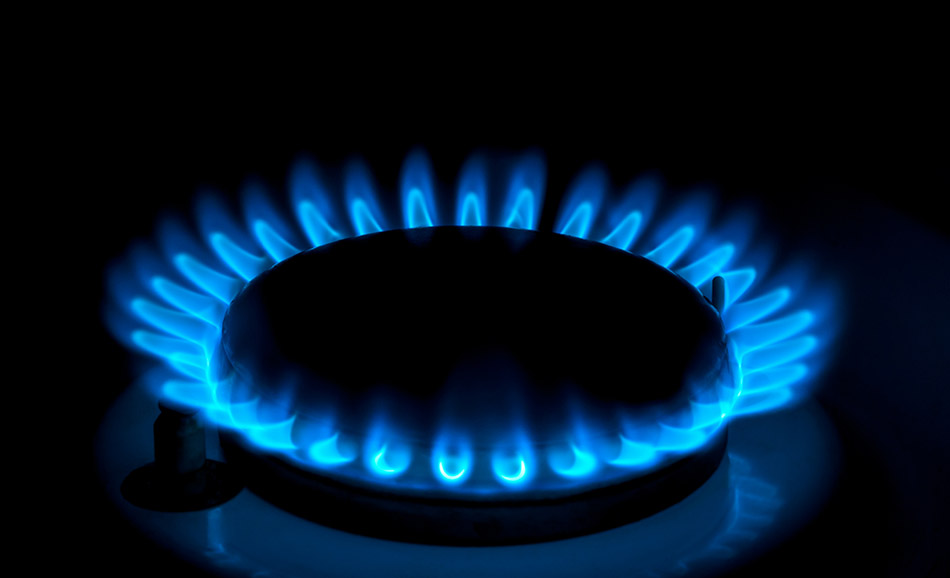
The system built to manage Russia’s nuclear legacy is crumbling, our new report shows
Our op-ed originally appeared in The Moscow Times. For more than three decades, Russia has been burdened with the remains of the Soviet ...
News

Publish date: February 18, 2021
News
Last week the EU Commission published a note on the “Technical guidance on the application of ‘do no significant harm’ (DNSH)” under the Recovery and Resilience Facility (RRF). The RRF will provide €672.5 billion to Member States, showing that the EU strives to create much–needed jobs and support recovery while ensuring a Just Transition for All. Its minimum share of 37% for climate action is welcomed, however, the flawed DNSH criteria would allow for more natural gas, and sets a dangerous precedent. In a recent article, on ICIS Bellona Europa gas been asked to analyse these new technical guidelines: we could not but share our concerns on setting less strict conditions for natural gas-based power projects that may be funded through the RFF.
RRF sets a dangerous precedent for the role of unabated natural gas on the path to Recovery
The RRF still allows for natural gas-based power and/or heat generation on a case-by-case basis. Bearing in mind earlier promises that all RRF investments and reforms would respect the ‘do no significant harm’ (DNSH) principle as presented in the Taxonomy, the final provisions set to safeguard the climate impact of the RRF are flawed.
The RRF does introduce a DNSH threshold (250 gCO2eq/kWh), but it is inconsistent with the Taxonomy DNSH threshold (270 gCO2eq/kWh). While at first sight, this reduction in the threshold could seem like a positive development, setting a more stringent threshold, it is not only the numerical value of the DNSH that has changed – so has its usage and interpretation.
While the Taxonomy DNSH is based on the prerequisite of a previous substantial contribution to sustainability, the DNSH in RRF has no such assurance. Any DNSH criteria not based on previous sustainability contributions should proportionally be more stringent, to make up for this absence. Using the DNSH as proposed in the RRF would set a dangerous precedent of the DNSH as a stand-alone criterion determining eligibility, similar to the role of the sustainability criterion included in the Taxonomy (100 gCO2eq/kWh). Though the DNSH does not claim to contribute to sustainability, it does claim that activities with emissions below the set threshold do no significant harm.
The proposed RRF in effect creates a parallel DNSH criterion, broader than that introduced through the Sustainable Finance Taxonomy. The very aim of the Taxonomy is to create a harmonized classification system for sustainable investments, to reduce market fragmentation resulting from different standards and definitions – to boost investor confidence and shift capital towards sustainable investments. Presenting several versions of the DNSH criteria is not in line with the set aims of the Taxonomy nor the EU Policy objectives outlined in the European Green Deal. It can at worst contribute to exacerbating the very problem the Taxonomy is set to address.
Possibilities to circumvent DNSH criteria included in RRF
It is not only the promise of alignment with the Taxonomy DNSH criterion that fails to deliver. It is an optional criterion and gas power plant projects do not have to meet the criterion if they include credible plans to use more renewable or low-carbon gases and close a more carbon–intensive power plant. But such plans offer no guarantee.
The above-mentioned issues are not just limited to gas power plants. Gas transmission and distribution infrastructure projects are similarly allowed if they “enable at the time of construction the transport (and/or storage) of renewable and low-carbon gases”. Seemingly, projects would not have to plan to use renewable and low-carbon gases in the future – they would simply need to prove that it is possible to use the infrastructure for that purpose. This does not incentivise a timely green transition.
There is simply no time for transition fuels if we want to prevent the worst of climate change. The RRF should have a proper safeguard to ensure it does not fund projects that harm the climate, the interpretation of the DNSH published on the 12/02 is not it. The RRF is an opportunity to invest in projects that contribute both to recovery and resilience, and for the latter, climate change mitigation is key. Investing in renewables, as an alternative to the included case-by-case funding of natural gas-based power and/or heat generation, can not only create more long-term safe and sustainable jobs but also improve energy security and truly mitigate climate change. In the words of the chief of the European Investment bank: “gas is over”.

Our op-ed originally appeared in The Moscow Times. For more than three decades, Russia has been burdened with the remains of the Soviet ...

The United Nation’s COP30 global climate negotiations in Belém, Brazil ended this weekend with a watered-down resolution that failed to halt deforest...

For more than a week now — beginning September 23 — the Zaporizhzhia Nuclear Power Plant (ZNPP) has remained disconnected from Ukraine’s national pow...

Bellona has taken part in preparing the The World Nuclear Industry Status Report 2025 and will participate in the report’s global launch in Rome on September 22nd.